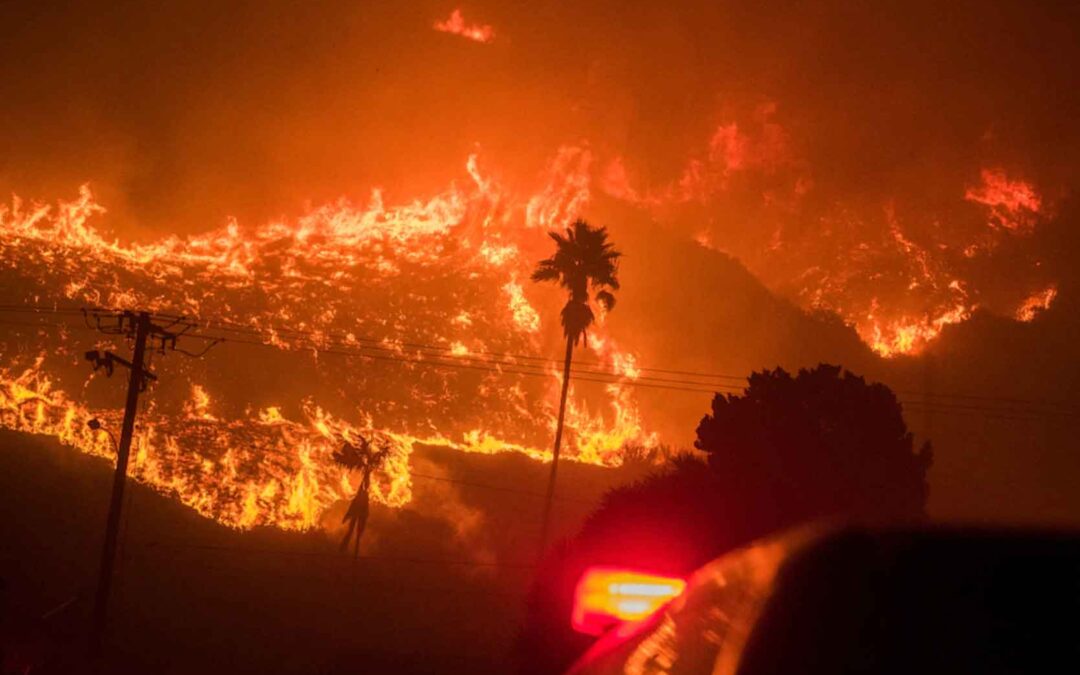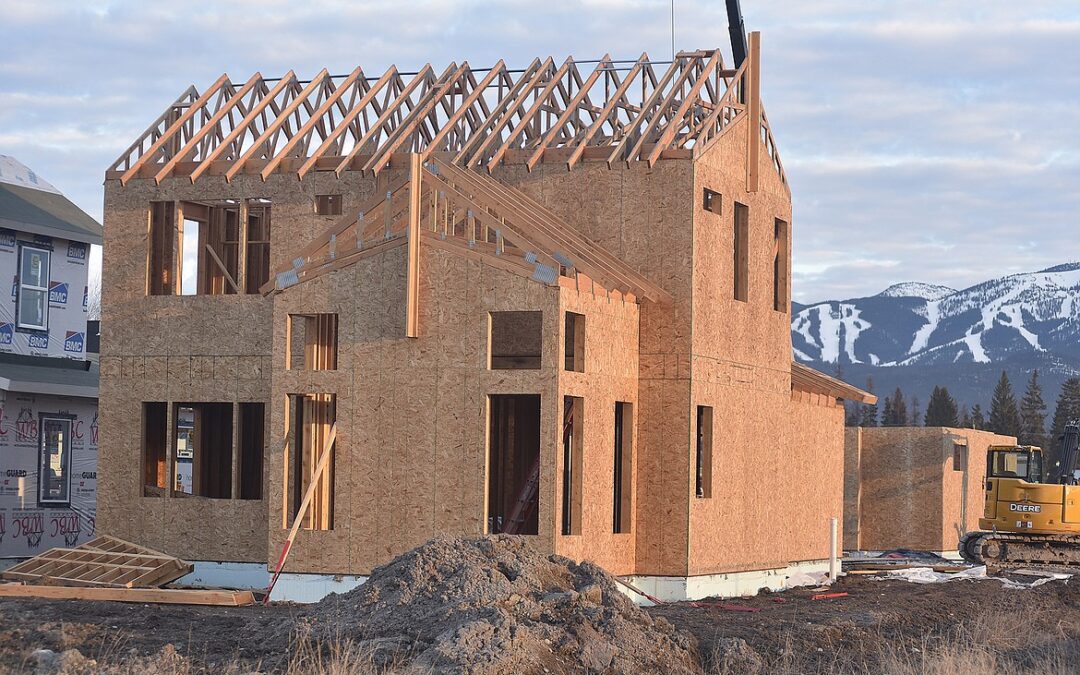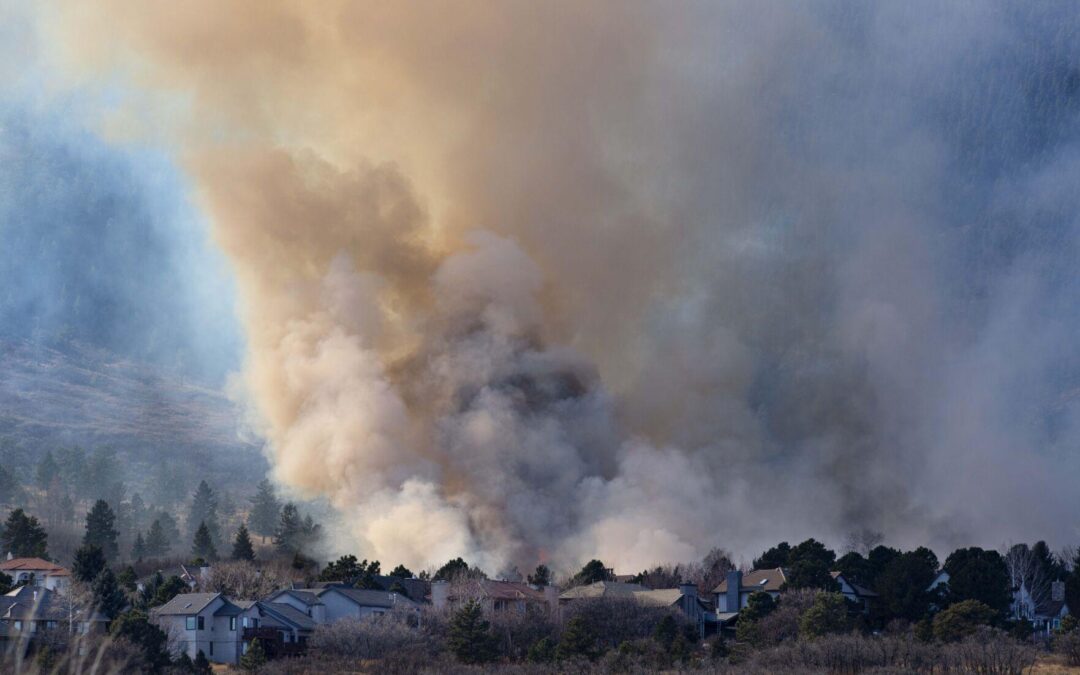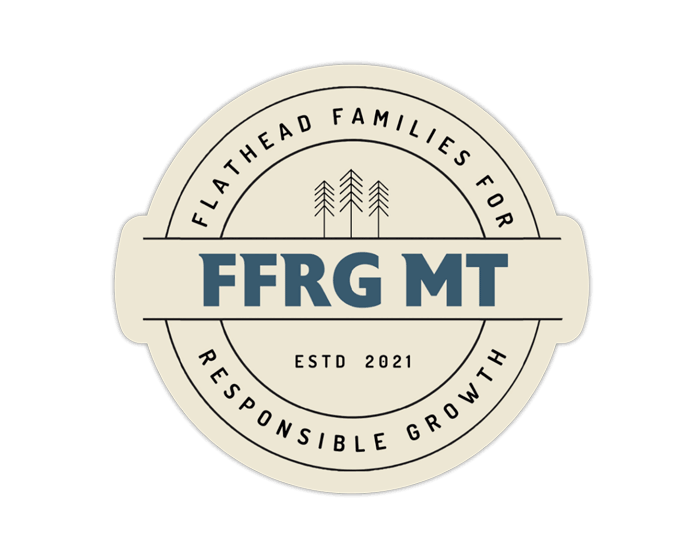
by FFRG Board Members | Mar 17, 2022 | Fire hazards, Media
By ERIN BLAKEMORE, for the Washington Post,
Their frequency has tripled in some parts of the U.S., a team of environmental scientists found.
Each year, thousands of wildfires burn millions of acres in the United States.
Fire season may be a reality in many places around the country. But the threat is spreading to areas once relatively unscathed by wildfires, a new study suggests.
In the journal Science Advances, a team of environmental scientists found that fire frequency has tripled in some parts of the United States — and that in the 2000s, wildfires grew up to four times the size of fires in previous decades.
The scientists studied data from Monitoring Trends in Burn Severity, a federal interagency program that tracks burn severity over time in the United States. The data spans from 1984 to 2018 and covers more than 28,000 fires over 1,000 acres in size in the West and 500 acres in size in the East.
Since 2005, the analysis shows, fire frequency grew nationwide. In the East and West, fires became twice as frequent, and they became four times as frequent in the Great Plains. As frequency grew, so did acreage, with the average size ballooning. In 2018, 2½ times more acreage was destroyed in the West each year compared with the previous two decades. The number rose 178 percent in the East.
These fires were different from earlier ones: They were bigger and were more likely to occur together. And the regions susceptible to fire grew along with fire frequency.
The team attributes the change to drought, but humans are also to blame: Human-caused climate change has dried out many areas, and 84 percent of the fires were started by humans and not other factors such as lightning strikes.
Americans need to “rethink our priorities,” the researchers write, participating in a challenging and ongoing conversation about how to address the changing fire outlook.
But for now, the outlook is grim, says William Travis, deputy director of the University of Colorado Boulder’s Earth Lab and a co-author of the paper. “More large fires plus intensifying development mean that the worst fire disasters are still to come,” he says in a news release.
Read the original article here.

by Julie Engler | Mar 9, 2022 | Media
By JULIE ENGLER – Whitefish Pilot, (Photo credit: Heidi Desch/Whitefish Pilot)
Unpredictable economics have left the developer of the Trailview subdivision struggling to continue to provide affordable housing units.
An amendment aiming to help the financial strain passed unanimously at the City Council meeting on Feb. 22. Councilors voted to allow developer Jerry Dunker to sell 10 units of the Trailview project at market rate. The affordable housing subdivision southwest of the intersection of Monegan and Voerman roads was first approved by the Council in May of 2018.
The original condition stated all of the 58 units would be affordable. Half of them would be deed-restricted based on income and half reserved for local workers. Dunker gave an update on the development to council and explained the goal has always been for the development to have 100% deed-restricted units. Unforeseen economic difficulties have caused him to request this change to the original plan.
“Our goal from the start was 100% deed-restricted, it didn’t evolve to that, that was our goal. Unfortunately, there were economics we didn’t predict, I don’t think anyone did,” Dunker told the Council.
Due to the increased cost of construction materials and labor, supply chain delays, and material shortages, Dunker asked Council to approve an amendment that will allow him to sell 10 of the units at market price.
The average sale price of the first homes sold in Trailview was $315,000. Home prices in the Trailview subdivision went up 7.2% since 2020. For comparison, Dunker told the Council the prices of single-family homes in Whitefish went up 30% in 2021 bringing the average price to $1.3 million.
He went on to say there were no homes currently on the market priced under $500,000.
Council voted unanimously to allow the amendment with little further discussion. Dunker said people have contacted him and asked how they can help. He is investigating other options and will use the amendment to sell 10 units at a market rate only if he must.
“We’re not gonna stick these on the market right away and try and sell them,” he said. “I know we can, but we want to look at some options to keep these affordable.”
During the public hearing, Ben Johnson, a resident of the Trailview neighborhood, spoke in support of Dunker, saying, “aside from the federally supported low-income housing projects, Trailview has offered more deed-restricted units than any other development in Whitefish and is all privately funded.”
He added that Dunker is very responsive to the needs of the residents of Trailview and the community should be supportive of Dunker.
There are currently 22 homeowners in the subdivision and seven homes under contract and under construction; the development is at the halfway point.
The remainder of Trailview’s 58 units are expected to be completed in approximately two years.
Read the original story written by Julie Engler in the Whitefish Pilot, here.

by FFRG Board Members | Oct 18, 2021 | Media
By MARY SHINN, The Gazette,
If another wildfire should spark in the western parts of Colorado Springs, some residents are asking how long it might take them to get out in an evacuation.
“We have built so deep into the (wildland urban interface) we have to ask: Have we made it inescapable?” said Walter Lawson, a Broadmoor area resident.
Residents are calling for a computer simulation of the city’s evacuation plans similar to those done in other communities, in part, because the city may allow 400 new apartments along Garden of the Gods Road.
Residents are also generally concerned that more people have moved west of Interstate 25 since the Waldo Canyon fire in 2012 and that could make evacuation times longer.
During the Waldo Canyon fire some residents fleeing from Mountain Shadows and other neighborhoods feared the fire would kill them in their cars, as they have told City Council on several occasions during hearings over the Garden of the Gods apartments.
Colorado Springs City Council directed city staff in June to re-evaluate a traffic study and address safety concerns about evacuation raised by the neighbors. When asked how the staff planned to evaluate safety concerns as directed by council, the city staff told The Gazette it couldn’t be done.
Read the rest of the story



